Introduction
In modern poultry farming, efficiency, hygiene, and bird welfare are crucial factors for achieving high productivity and profitability. Slatted floors for broiler chickens have become an essential component in intensive poultry production systems, designed to improve sanitation, reduce labor costs, and enhance overall flock performance. Unlike traditional litter floors, slatted floors allow droppings to fall through the slats, keeping the living surface cleaner and drier, thereby reducing the risk of disease and promoting healthier birds.
Slatted floors are particularly beneficial in high-density broiler operations, where maintaining dry litter is challenging. These floors are engineered using high-quality materials, including durable plastics, treated wood, or metal grids, which are resistant to wear, moisture, and bacteria. Their modular design ensures easy installation, maintenance, and replacement, making them a practical solution for both new poultry houses and retrofitting existing facilities.
Adopting slatted floors not only improves poultry health and welfare but also contributes to environmental management by simplifying manure collection and reducing ammonia buildup. Broiler farmers can achieve higher growth rates, lower mortality, and better feed conversion ratios by implementing well-designed slatted flooring systems.
Keywords: Slatted Floor for Broiler Chickens, Broiler Chicken Flooring, Poultry Slatted Floor, Broiler Housing Equipment, Chicken Farm Flooring Solutions.
Parameters of Slatted Floor for Broiler Chickens
When selecting or designing slatted floors, understanding the critical parameters ensures optimal bird comfort and performance. Key parameters include:
Material
Polypropylene: lightweight, corrosion-resistant, and easy to clean.
HDPE (High-Density Polyethylene): durable, UV-resistant, and suitable for humid environments.
Wood: natural, provides traction but requires regular treatment against rot and bacteria.
Metal grids: galvanized steel or stainless steel, highly durable but may be slippery without surface treatment.
Slat Size
Width of slats: 25–35 mm recommended for broilers.
Gap between slats: 15–25 mm to allow droppings to fall while preventing leg injuries.
Thickness: 8–15 mm depending on bird weight and material strength.
Floor Height
Load Capacity
Ventilation Compatibility
Dimensions & Coverage
Sanitation & Drainage
SEO Keywords in Parameters: Broiler Chicken Slat Dimensions, Poultry Slatted Flooring Material, Broiler Farm Flooring Specifications.
Features of Slatted Floors for Broilers
Slatted floors come with several features that make them suitable for intensive broiler production:
Self-Cleaning Design
Durable and Long-Lasting Materials
Anti-Slip Surface
Modular Panels
Improved Airflow and Dryness
Ease of Integration
Customizable Layouts
SEO Keywords in Features: Broiler Slatted Flooring Benefits, Chicken Slatted Floor Panels, Poultry Housing Slatted Floor Features.
Advantages of Slatted Floors for Broiler Chickens
The use of slatted floors brings significant benefits to both birds and farm operations:
Healthier Birds
Improved Growth Performance
Labor Efficiency
Waste Management
Reduced Disease Transmission
Environmental Benefits
Economic Gains
SEO Keywords in Advantages: Slatted Floor Broiler Chicken Benefits, Poultry Farm Productivity, Healthy Broiler Flooring Solution.
Application Scenarios
Slatted floors are highly versatile and suitable for various broiler farming setups:
Intensive Broiler Houses
Automatic Feeding Systems
Manure Management Systems
Climate-Controlled Poultry Houses
Broiler Breeding Farms
Retrofit Projects
Organic or Semi-Intensive Systems
SEO Keywords in Application: Broiler Chicken Housing Flooring, Poultry Slatted Floor Use Cases, Commercial Broiler Flooring.
Usage Instructions
Proper installation and maintenance of slatted floors are essential to maximize benefits:
Installation
Ensure subfloor is level and stable.
Assemble modular panels according to the manufacturer’s guidelines.
Adjust height for optimal manure drainage and bird comfort.
Cleaning and Sanitation
Regularly remove manure from pits or trays beneath the slatted floor.
Disinfect periodically with poultry-safe cleaners.
Inspect panels for wear, cracks, or sharp edges.
Bird Management
Environmental Control
Maintenance
SEO Keywords in Usage: Broiler Slatted Floor Installation, Chicken Slatted Flooring Maintenance, Poultry House Hygiene.
Frequently Asked Questions (FAQs)
Q1: Are slatted floors suitable for all broiler breeds?
A1: Yes, slatted floors can accommodate most broiler breeds, but slat width and spacing should be adjusted according to bird size and weight.
Q2: How often should manure trays be cleaned?
A2: Cleaning frequency depends on flock density, house ventilation, and manure accumulation. Generally, weekly or bi-weekly cleaning is recommended for optimal hygiene.
Q3: Can slatted floors prevent footpad dermatitis completely?
A3: While slatted floors reduce the risk by keeping feet dry, proper management of ventilation, humidity, and litter in partial-slatted areas is still essential.
Q4: How durable are plastic slatted floors?
A4: High-quality plastic or HDPE panels can last 5–10 years under normal commercial broiler conditions, depending on load and maintenance.
Q5: Are slatted floors compatible with heating systems?
A5: Yes, they are compatible with under-floor heating or infrared heating, provided installation follows manufacturer specifications.
Q6: What are the key advantages over traditional litter floors?
A6: Slatted floors improve hygiene, reduce labor, enhance bird welfare, allow easier manure management, and can contribute to higher growth performance.
Q7: Can slatted floors be used in free-range systems?
A7: Slatted floors are mainly for indoor or semi-enclosed systems. In free-range systems, they can be used in housing areas to maintain cleanliness.
Q8: What materials are recommended for humid climates?
A8: HDPE or polypropylene are preferred due to their moisture resistance and durability in humid environments.
SEO Keywords in FAQ: Broiler Slatted Floor FAQ, Chicken Flooring Questions, Poultry House Slatted Floor Guide.
Conclusion
Implementing slatted floors for broiler chickens is a strategic investment that enhances flock health, reduces labor costs, and improves overall farm efficiency. Their design promotes cleaner, drier, and safer living conditions for broilers, contributing to better growth rates, lower mortality, and improved meat quality. From modern commercial broiler houses to retrofitted poultry facilities, slatted floors offer a reliable solution for sustainable, high-performance poultry production.
By understanding the parameters, features, advantages, and proper usage, poultry farmers can maximize the benefits of slatted flooring systems. Proper maintenance, careful bird management, and integration with ventilation and feeding systems ensure optimal performance and long-term profitability.
Adopting slatted floors is no longer just an option—it is becoming a standard in modern broiler farming, combining innovation, efficiency, and animal welfare.
Company Profile
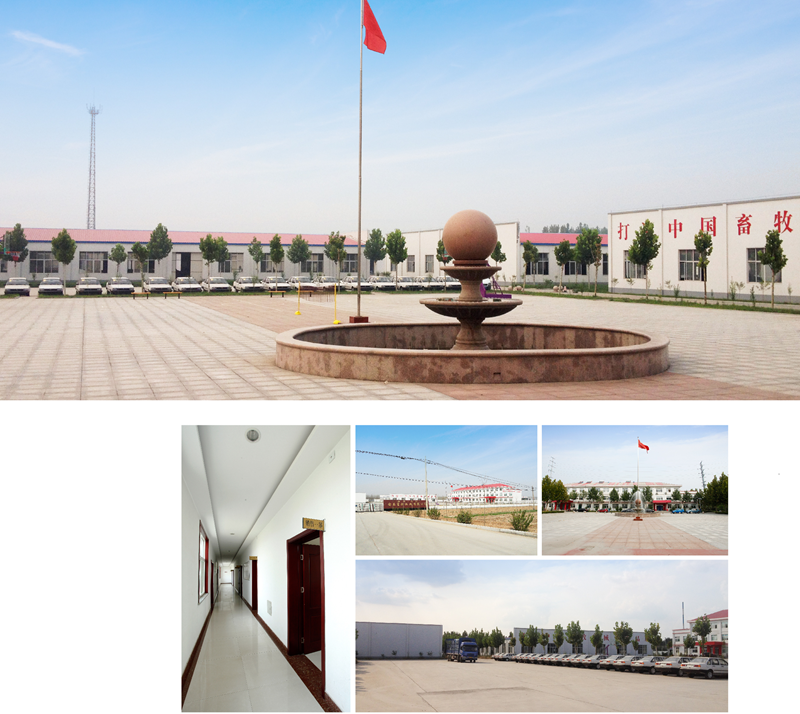
Shandong Huimin Qinle Livestock Machinery Co., Ltd. (formerly Shandong Huimin Qinle Livestock Machinery Factory) is a professional poultry equipment manufacturer with over 20 years of experience. We offer a comprehensive service package, from design (land and chicken coops), production (equipment and prefabricated steel coops), installation, commissioning, customer training, and after-sales service.
Located in Huimin County, Binzhou City, Shandong Province, China, the company has extensive experience in mechanical processing and manufacturing, as well as livestock machinery production and operation. With fixed assets of RMB 15 million, the company employs 160 people, including 30 R&D staff, and occupies a 40,000-square-meter factory. Equipped with over 110 pieces of advanced precision production equipment, including CNC machining centers and laser cutting machines, the company boasts a production capacity of RMB 50 million.
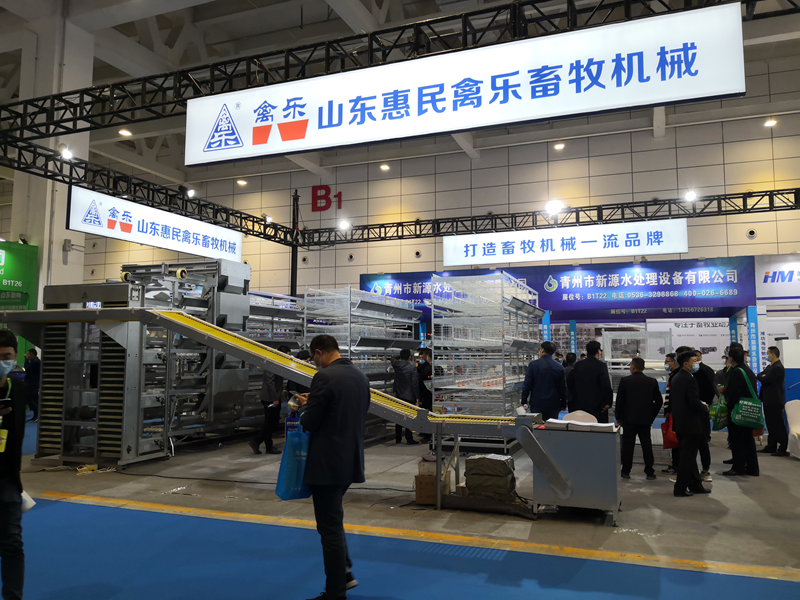


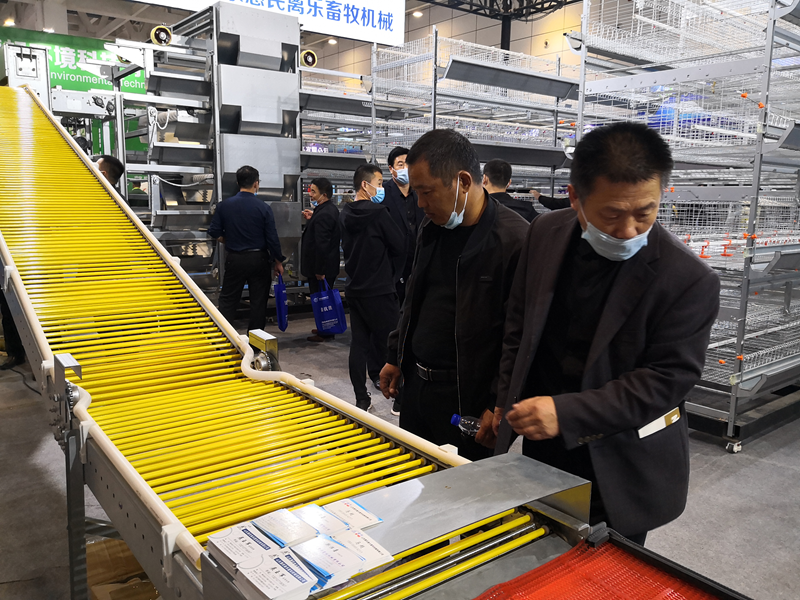
Chicken Farming Equipment Mesh Production Workshop

Machining Workshop

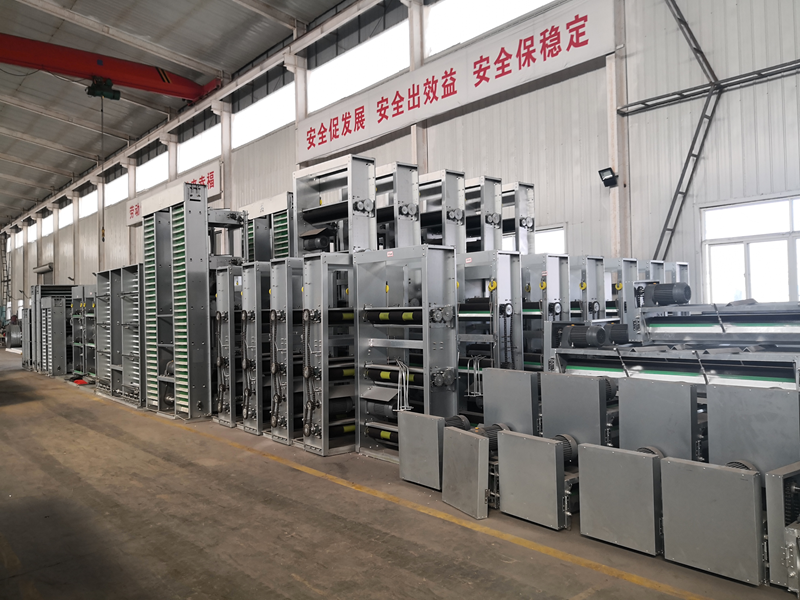
Turret-type CNC Punch Press, Laser Cutting and Other Machining Equipment



Fully Automated Roll Forming Production Line

Hot-dip Galvanizing Production Line

Electroplating Production Line

Environmental Protection Equipment

Chicken Farming Equipment Product Series
Egg-laying Hen Farming Equipment
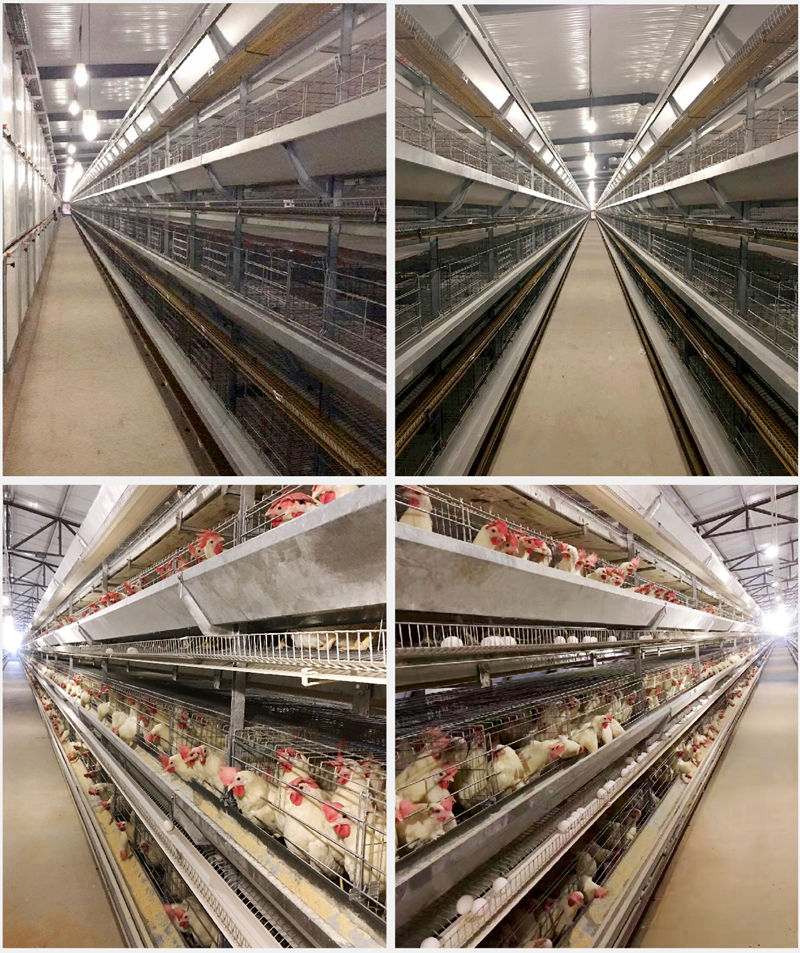
Stacked Brooding Cage Equipment

Stacked Broiler Cage Equipment
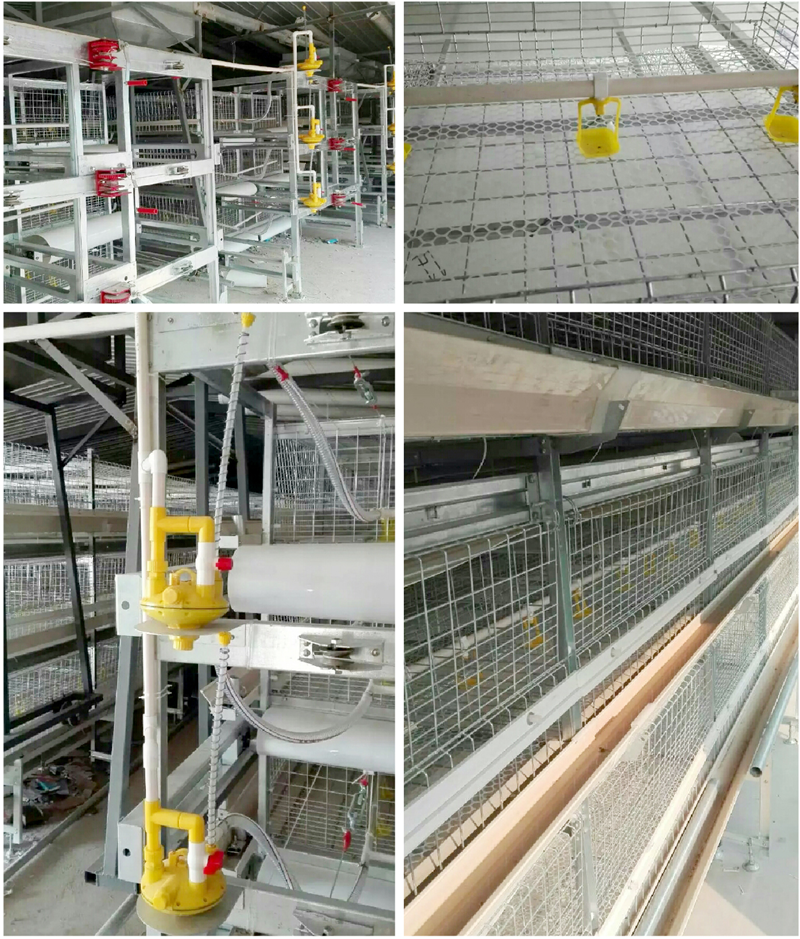
Stepped Layer Hen Cage Rearing Equipment
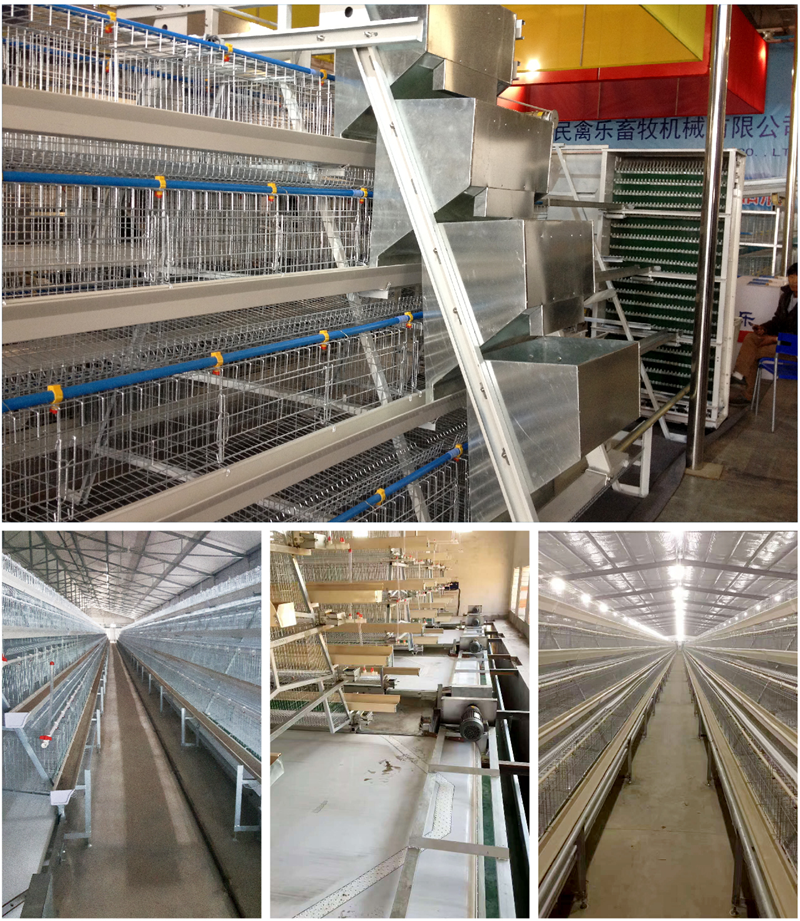
Automatic Egg Collection System

H-type Cage Feeding Machine
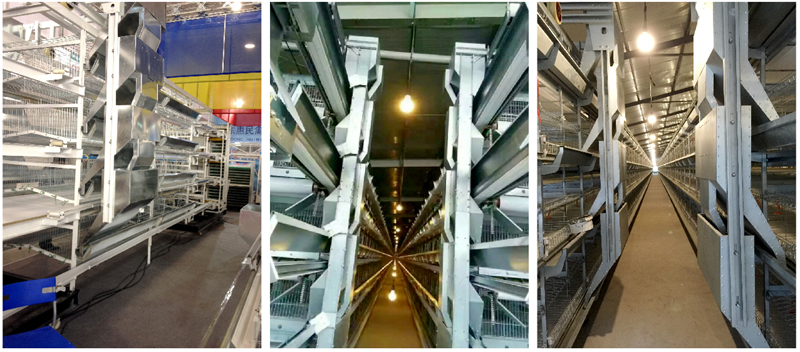
Stepped Cage Straddle Feeder
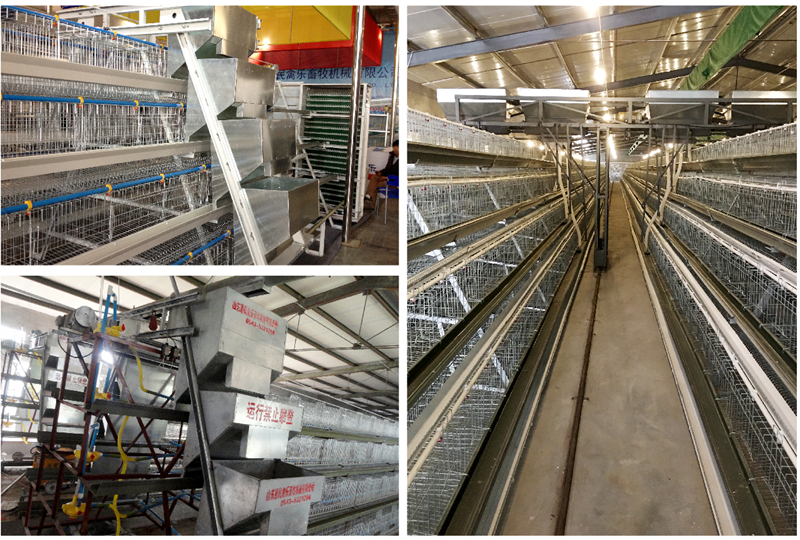
Manure Removal Machine

Fans, Heated Curtains, Environmental Control Systems, and Lighting Equipment
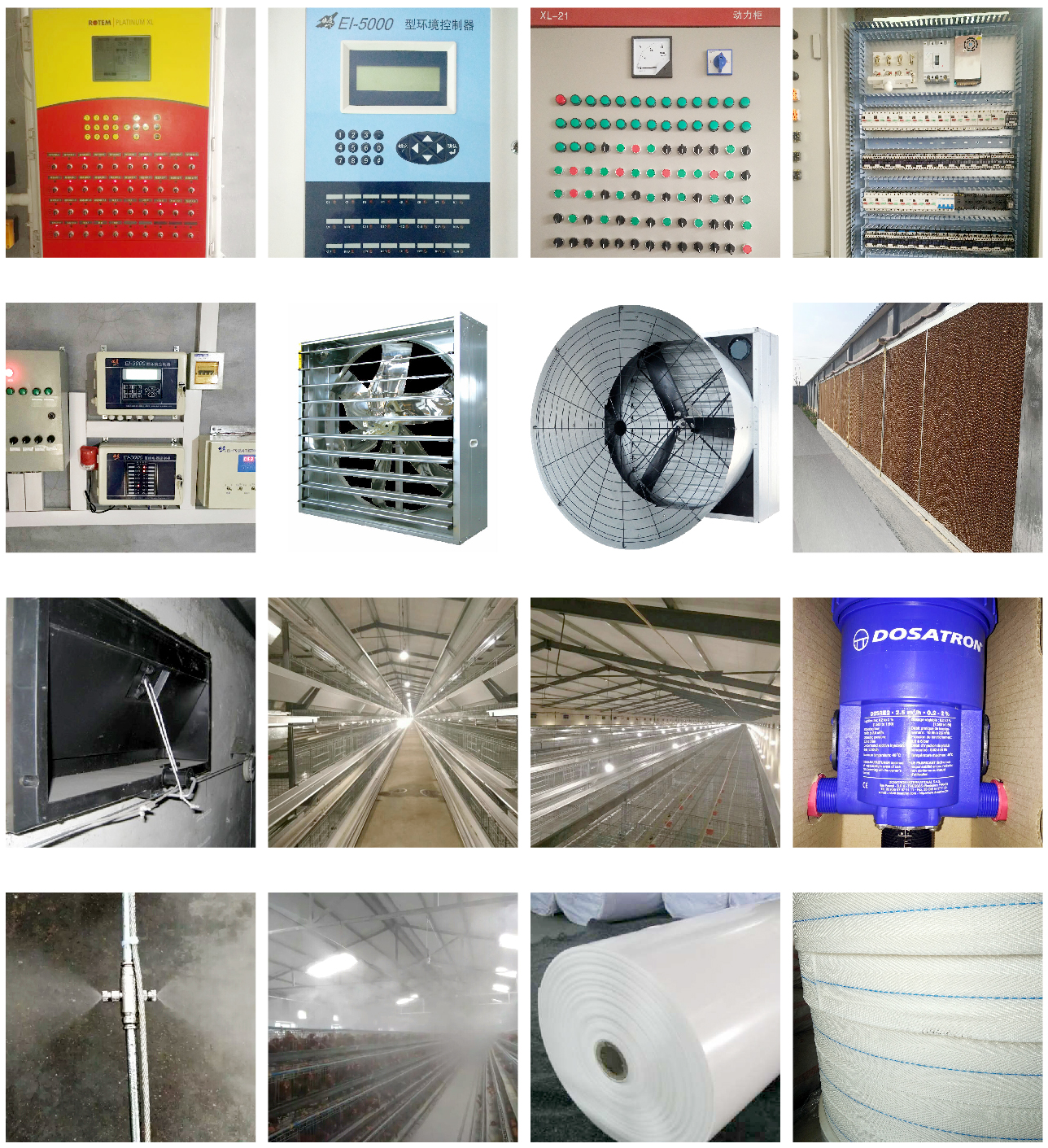
Complete Set of Equipment for Organic Fermentation Treatment of Manure


 Catalogue
Catalogue































 WhatsApp
WhatsApp телефон
телефон